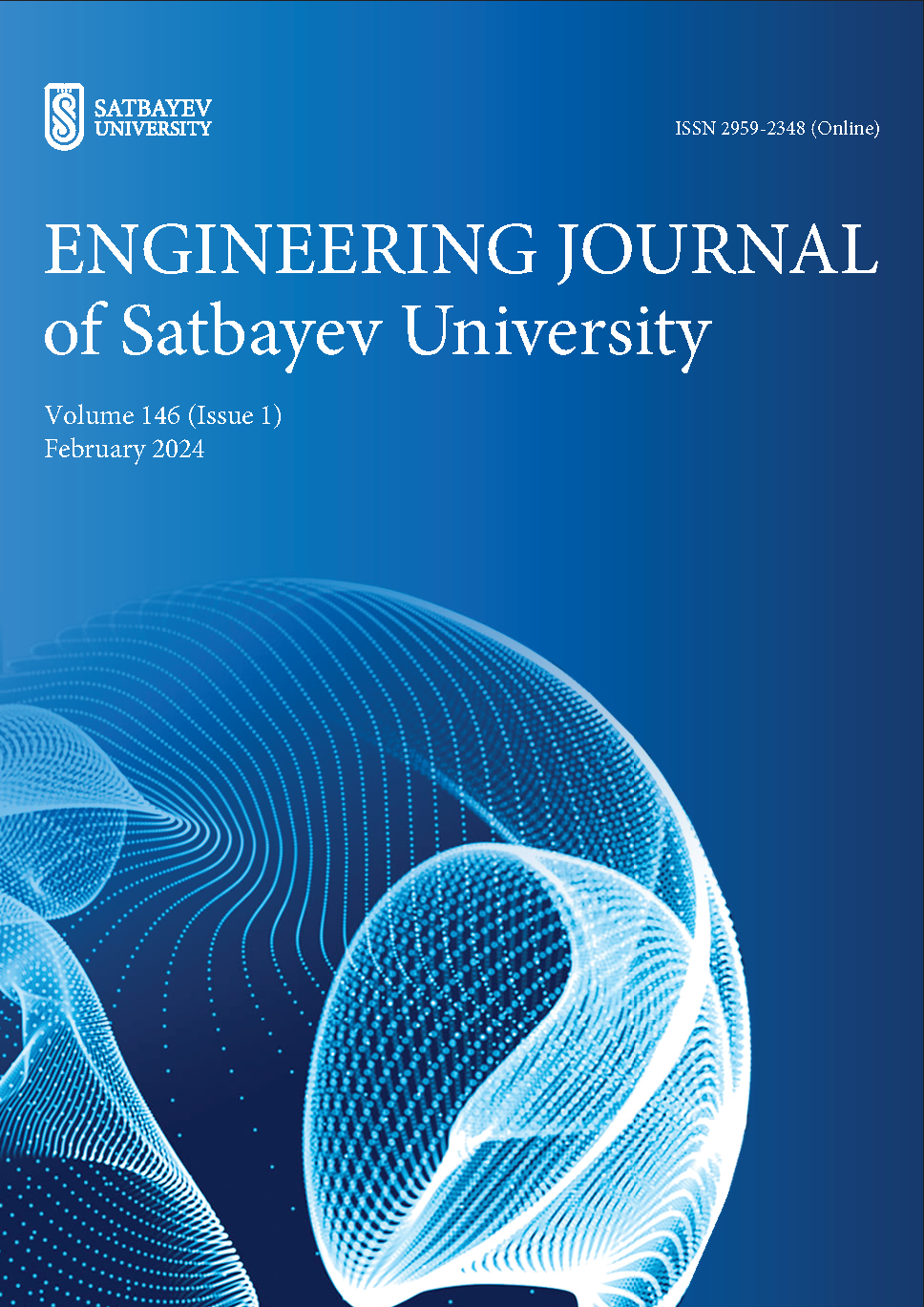Determination of thermodynamic functions of interaction of chromium with silicon and aluminum
DOI:
https://doi.org/10.51301/ejsu.2024.i1.01Keywords:
refined ferrochrome, silicon, aluminum, reduction, Gibbs energy, equilibrium constantAbstract
The article presents the results of calculating the thermodynamic functions (enthalpy, entropy and Gibbs energy) of chromium reduction reactions from its oxide with the participation of active metal reducing agents by applying the constants of substances and the values of the coefficients of the heat equation, considering the phase transformations involved in reactions such as silicon and aluminum, which occur in the production of refined ferrochrome grades. This calculation is performed by applying the substance constant to the transformed formula for calculating the dependence of the Gibbs energy on the temperature of the reactions of redox processes. As noted above, the results of this calculation are of fundamental importance in the melting processes of refined (medium- and low-carbon) ferrochrome grades with separate and joint (in the form of complex silicon and aluminum-containing alloys) using the above-mentioned elements. The calculations were carried out in the temperature range from 298 K to ~3000 K, since this interval covers the conditions of the redox processes. The range under consideration covers the entire temperature range of phase transformations of chromium ore and reducing agent (siliceous or silicon-aluminum). For these reactions, there are several temperature intervals due to the phase transformations of the initial reagents and the resulting products. After performing thermodynamic calculations, graphs of the dependence of the Gibbs energy change on temperature are constructed. Temperature intervals where phase transitions do not affect the reaction are revealed. Consequently, along with passive temperature intervals, there are active intervals in which a sharp increase in the negative value of the Gibbs energy was observed.
Downloads
Published
How to Cite
Issue
Section
License
Copyright (c) 2024 Engineering Journal of Satbayev University

This work is licensed under a Creative Commons Attribution-NonCommercial-NoDerivatives 4.0 International License.
<div class="pkpfooter-son">
<a rel="license" href="http://creativecommons.org/licenses/by-nc/4.0/"><img alt="Creative Commons License" style="border-width:0" src="https://i.creativecommons.org/l/by-nc/4.0/80x15.png"></a><br>This work is licensed under a <a rel="license" href="http://creativecommons.org/licenses/by-nc/4.0/">Creative Commons Attribution-NonCommercial 4.0 International License</a>.
</div>





